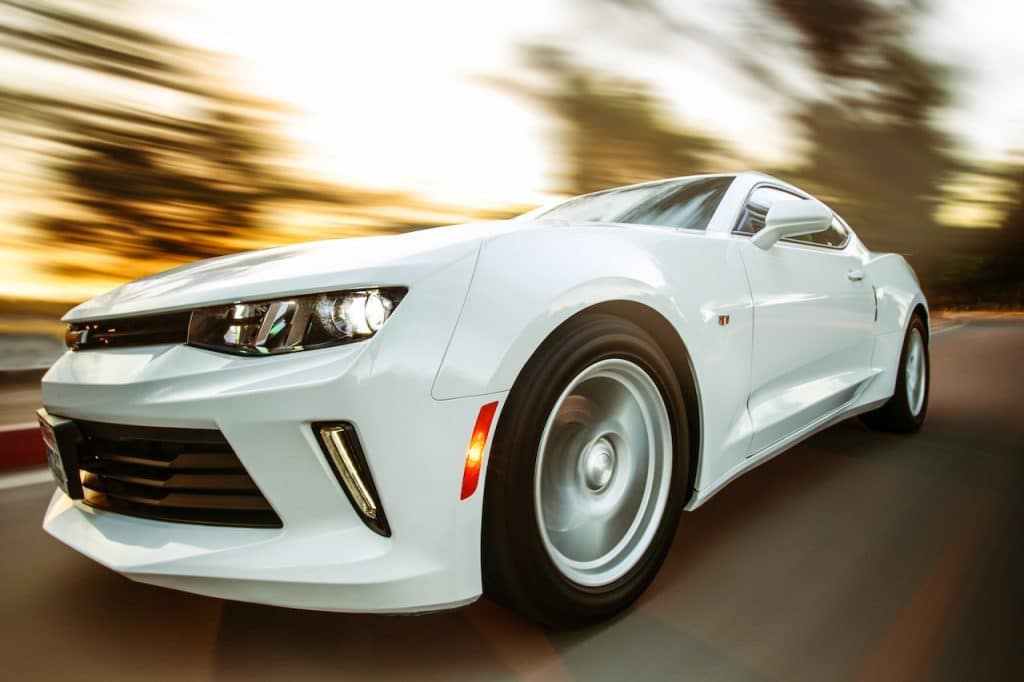By 2033, all driving licenses issued before January 19, 2013, regardless of color and material, must be exchanged for the new EU driving license. This process should take place gradually in order not to overburden the authorities and to avoid long waiting times. The limitation of the new driving licenses to 15 years is intended to make forgery more difficult and ensure that passport photos and personal data are regularly updated.
The exchange of old driving licenses is carried out due to the Third EU Driving License Directive, which aims to create a uniform and forgery-proof model for all driving licenses in circulation in the EU. Old driver's licenses are valid on a staggered schedule based on the license holder's year of birth or the year the license was issued.
Exchanging a driving license is a purely administrative matter and the driving license remains unchanged. A repeat of the driving test, additional medical examinations or other tests are not necessary.
This also applies to motorcycle driving licenses, which are subject to the same exchange periods as car driving licenses and will also have to be renewed every 15 years in the future.
Where does the exchange take place?
The driver's license can be exchanged at the driving license authority of your current place of residence. It is recommended to book an appointment early. For the exchange, a valid ID card or passport, a biometric passport photo, the current driver's license and a fee of around 25 euros are required. For driving licenses that were not issued by the authority of your current place of residence, a copy of the index card from the original issuing authority is also required.
This is how long the new certificate is valid
The new EU driving license is valid for 15 years and must then be renewed, similar to the identity card or passport. A medical examination or a check of fitness to drive does not have to be proven when applying for a new vehicle.
Anyone who fails to exchange their driving license is committing an administrative offense and must expect a fine of ten euros. In exceptional cases, the federal states can waive a fine.
This is how the exchange works
The gradual exchange of old driving licenses for the new EU driving license by 2033 is an important step to increase road safety and make it more difficult to forge driving licenses. The switch to the uniform and forgery-proof model of the EU driving license will also facilitate cooperation between the authorities of the EU member states.
The exchange process takes place in stages to avoid overloading the authorities and reduce long waiting times. The exchange deadlines depend on the year of birth of the driving license holder or the year the driving license was issued. It is important to find out about the individual deadlines early on and to make an appointment with the responsible driving license authority.
For driving licenses with issue date until December 31, 1998 The year of birth of the driving license holder is decisive:
- before 1953: Exchange until January 19, 2033
- 1953 to 1958: Exchange until January 19, 2022
- 1959 to 1964: Exchange until January 19, 2023
- 1965 to 1970: Exchange until January 19, 2024
- 1971 or later: Exchange by January 19, 2025
For driving licenses with issue date from January 1, 1999 The year of issue of the driving license applies (*):
- 1999 to 2001: Exchange until January 19, 2026
- 2002 to 2004: Exchange until January 19, 2027
- 2005 to 2007: Exchange until January 19, 2028
- 2008: Exchange until January 19, 2029
- 2009: Exchange until January 19, 2030
- 2010: Exchange until January 19, 2031
- 2011: Exchange until January 19, 2032
- 2012 to January 18, 2013: Exchange until January 19, 2033
(*) Driver's license holders whose year of birth is before 1953 must exchange their license by January 19, 2033, regardless of the year the license was issued.
The introduction of the 15-year validity period for the new EU driving license has several advantages. On the one hand, this ensures that driving license holders regularly update their passport photo and personal data, which makes identification easier in the event of traffic checks or accidents. On the other hand, the risk of forgeries is reduced because regular updates make it more difficult for fraudsters to use fake documents.
It is important to emphasize that exchanging the driving license has no impact on the existing driving license. The driving license classes remain unchanged and no additional tests or examinations are required. The exchange only serves to bring the driving license documents up to date and to increase road safety.
To make the exchange process smooth, license holders should ensure they have all necessary documents on hand, such as a valid ID card or passport, biometric passport photo, current driver's license and the required fee. In some cases, an index card copy from the original issuing authority is also required.
The gradual exchange of driving licenses is a significant step towards improving road safety across the European Union. The introduction of a uniform and forgery-proof driving license will make it easier to identify driving license holders and minimize the risk of forgery.



